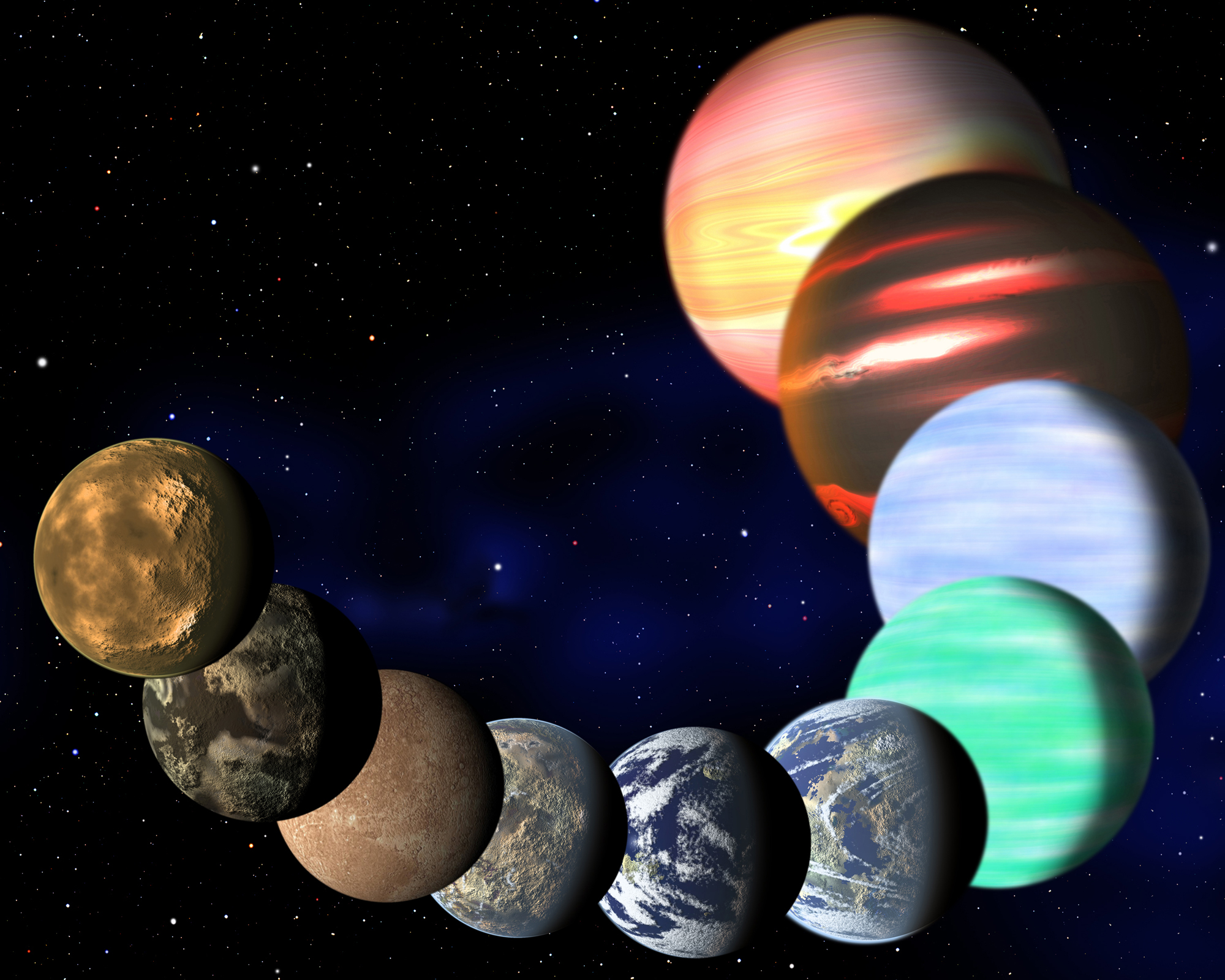NASA to Reveal New Alien Planet Findings Today: How to Watch Live

NASA will unveil new discoveries made by its planet-hunting Kepler space telescope today (April 18).
Scientists will reveal the findings during a news conference at NASA's Ames Research Center in Moffett Field, Calif., at 2 p.m. EDT (1800 GMT) Thursday. The announcement will also be streamed live.
You can watch the announcement live on SPACE.com, courtesy of NASA TV.
"Kepler is the first NASA mission capable of finding Earth-size planets in or near the habitable zone, which is the range of distance from a star where the surface temperature of an orbiting planet might be suitable for liquid water," NASA officials said in a statement. "Launched in 2009, the Kepler space telescope is detecting planets and planet candidates with a wide range of sizes and orbital distances to help us better understand our place in the galaxy."
According to NASA's announcement, Thursday's press briefing will include presentations from the following scientists:
- Paul Hertz, astrophysics director, NASA Headquarters, Washington, D.C.
- Roger Hunter, Kepler project manager, Ames Research Center
- William Borucki, Kepler science principal investigator, Ames Research Center
- Thomas Barclay, Kepler scientist, Bay Area Environmental Research Institute, Sonoma, Calif.
- Lisa Kaltenegger, research group leader, Max Planck Institute for Astronomy, Heidelberg, Germany, and research associate, Harvard-Smithsonian Center for Astrophysics, Cambridge, Mass.
Members of the public can ask questions using the Twitter hashtag, #AskNASA.
The $600 million Kepler spacecraft has flagged more than 2,700 potential planets since its launch. Just 115 or so have been confirmed to date by follow-up observations, but mission scientists estimate that more than 90 percent will turn out to be the real deal.
Get the Space.com Newsletter
Breaking space news, the latest updates on rocket launches, skywatching events and more!

Follow Miriam Kramer on Twitter and Google+. Follow us on Twitter, Facebook and Google+. Original article on SPACE.com.
Join our Space Forums to keep talking space on the latest missions, night sky and more! And if you have a news tip, correction or comment, let us know at: community@space.com.

Miriam Kramer joined Space.com as a Staff Writer in December 2012. Since then, she has floated in weightlessness on a zero-gravity flight, felt the pull of 4-Gs in a trainer aircraft and watched rockets soar into space from Florida and Virginia. She also served as Space.com's lead space entertainment reporter, and enjoys all aspects of space news, astronomy and commercial spaceflight. Miriam has also presented space stories during live interviews with Fox News and other TV and radio outlets. She originally hails from Knoxville, Tennessee where she and her family would take trips to dark spots on the outskirts of town to watch meteor showers every year. She loves to travel and one day hopes to see the northern lights in person. Miriam is currently a space reporter with Axios, writing the Axios Space newsletter. You can follow Miriam on Twitter.











